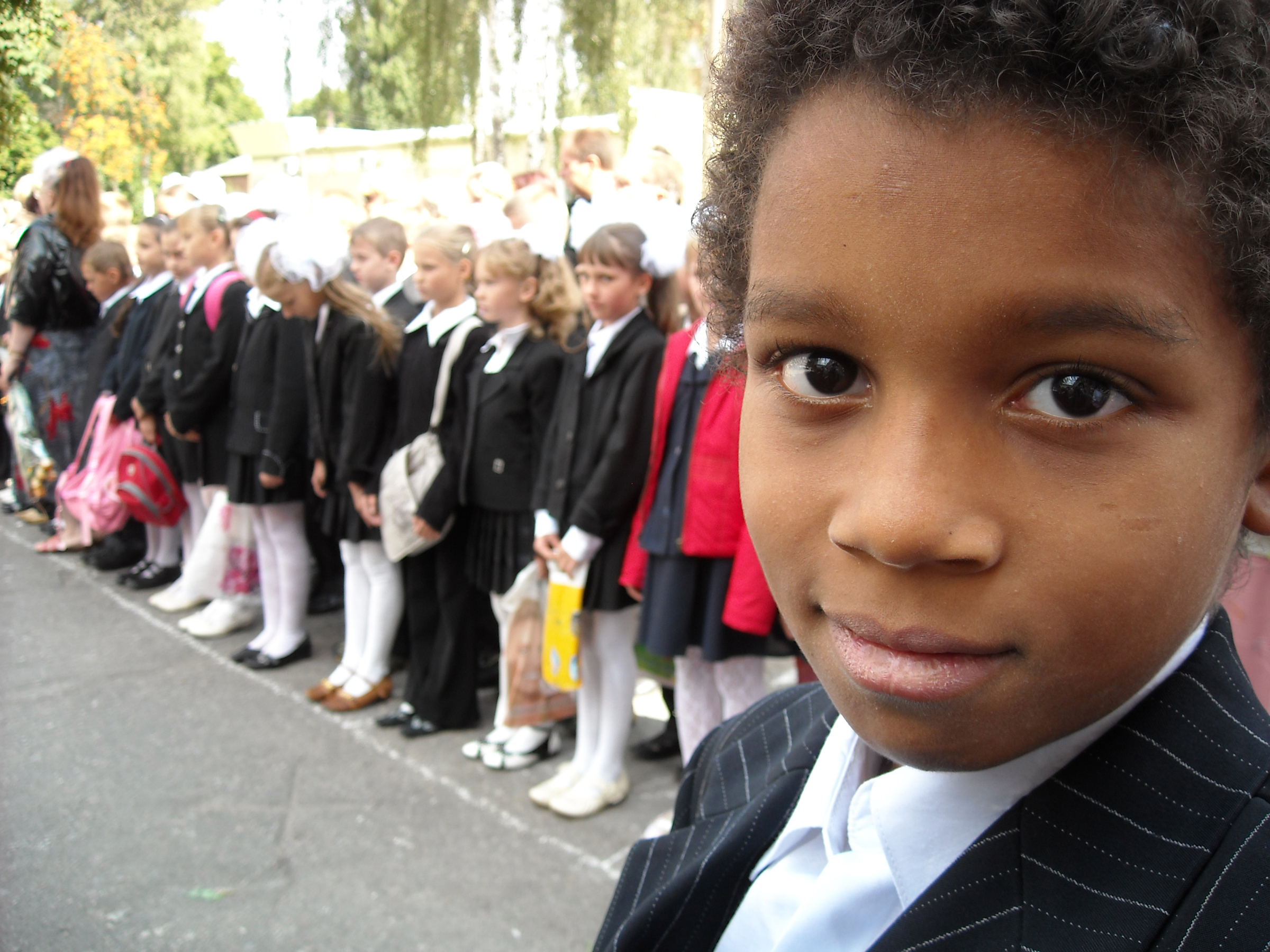Miscegenation and Race: A Roundtable on Peggy Pascoe’s What Comes Naturally [A Tribute]Posted in Articles, History, Law, Media Archive, United States, Women on 2010-12-06 18:43Z by Steven |
Miscegenation and Race: A Roundtable on Peggy Pascoe’s What Comes Naturally [A Tribute]
Frontiers: A Journal of Women Studies
Volume 31, Number 3, 2010
pages 1-5
E-ISSN: 1536-0334, Print ISSN: 0160-9009
Estelle B. Freedman, Edgar E. Robinson Professor of History
Stanford University
The following papers pay tribute to Peggy Pascoe’s [1954-2010] extraordinary book What Comes Naturally: Miscegenation Law and the Making of Race in America, published in 2009 by Oxford University Press. They originated at a session held at the annual meeting of the American Historical Association (AHA) in January 2010 to explore the implications of Pascoe’s work for current histories of race and gender. Sitting in the audience, I enjoyed not only the roundtable but also the deep pleasure evident on Pascoe’s face as she listened to the presentations and to the discussion of the influence of her book on our scholarship and our teaching. Peggy Pascoe always makes us think harder, in her gentle and affirming ways. This session gave her a taste of the rewards sown by her latest scholarly achievement. I could sense that day that I shared with others in attendance a sense of pride and vicarious gratification that so treasured a colleague should be recognized in this way.
Both sweeping and detailed, What Comes Naturally constructs the dual histories of the criminalization of interracial marriage and the resistance to that process by individuals and social movements, spanning the century between the 1860s and the 1960s. Since its publication in 2009 the book has been widely honored. It has received both the Hawley Prize and the Levine Award from the Organization of American Historians, both the Dunning and the Kelly Prizes from the American Historical Association, and the Hurst Prize from the Law and Society Association. The range of subjects covered by these awards is telling: economy, politics, or institutions; cultural history; women’s history or feminist theory; American history; sociolegal history. In short, this is a book that has already had a profound effect on the profession across its many specializations…
Articles
Legal Fictions Exposed
pages 6-14
Eileen Boris, Eileen Boris Hull Professor and Chair of Feminist Studies
University of California, Santa Barbara
What Comes Naturally: A Racially Inclusive Look at Miscegenation Law
pages 15-21
Jacki Thompson Rand, Associate Professor of History; American Indian and Native Studies
University of Iowa
“The Relics of Slavery”: Interracial Sex and Manumission in the American South
pages 22-30
Jessica Millward, Assistant Professor of History
University of California, Irvine
Nikki Sawada Bridges Flynn and “What Comes Naturally”
pages 31-40
Valerie J. Matsumoto, Professor of History
University of California, Los Angeles
Therapeutic Culture and Marriage Equality: What Comes Naturally and Contemporary Dialogues about Marriage
pages 41-48
Kristin Celello, Assistant Professor of History
City University of New York, Queens College
Social Movements, the Rise of Colorblind Conservativism, and “What Comes Naturally”
pages 49-59
Matt Garcia, Associate Professor of American Civilization, Ethnic Studies and History
Brown University

